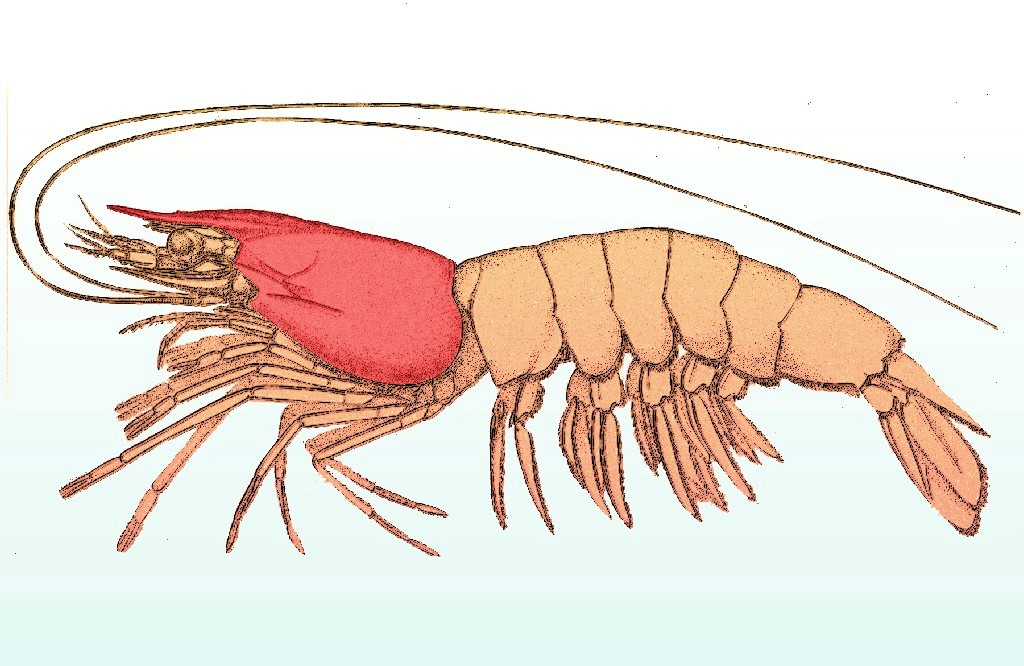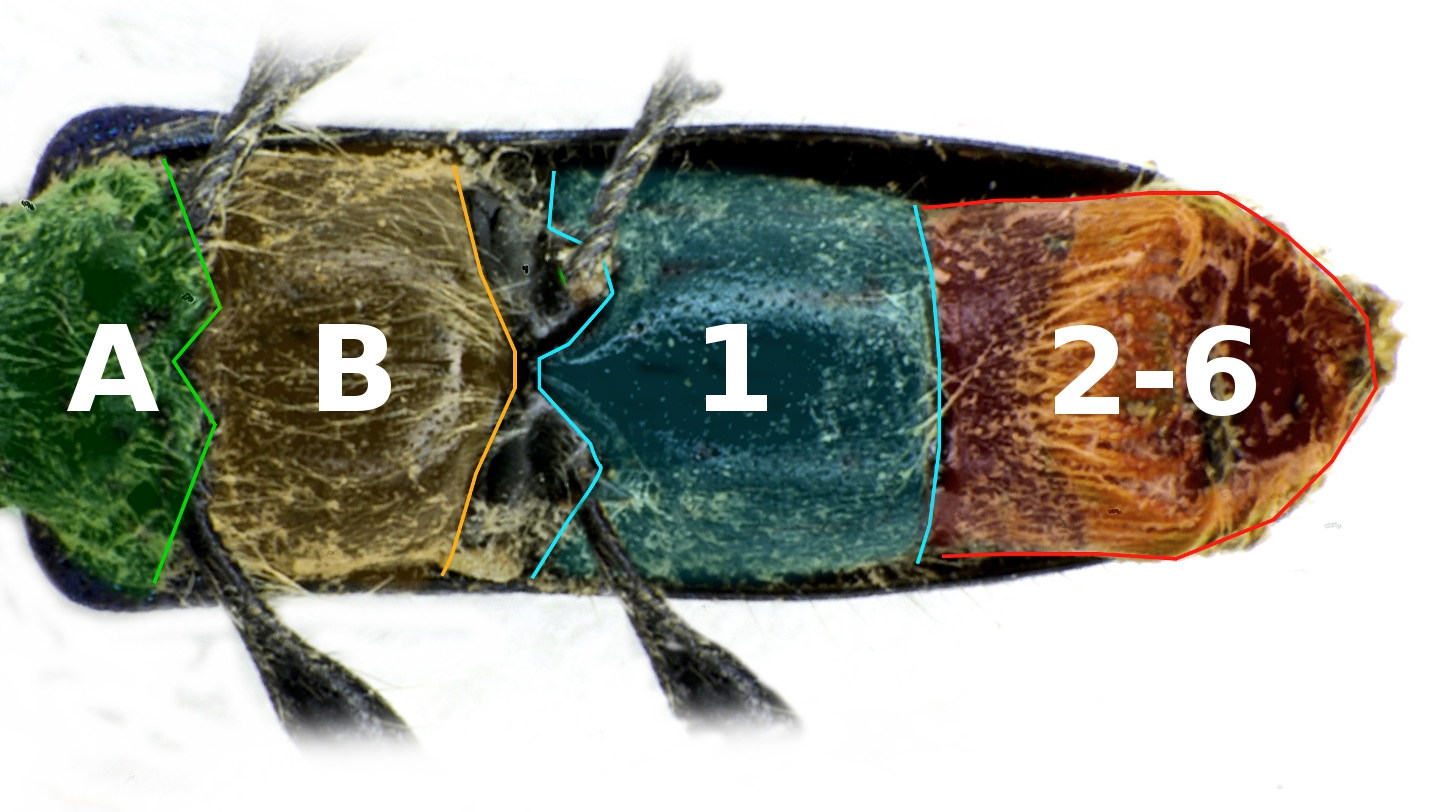|
Ctenus Captiosus
''Ctenus captiosus'', known generally as the Florida false wolf spider or tropical wolf spider, is a species of wandering spider in the family Ctenidae. It is found in the United States., and is one of two species of Ctenidae occurring in Florida. Little is known about the biology of this species. Description The body length (excluding legs) of a male is , and for females . The leg span may be as long as . The abdomen is a yellow-gray except for a pale median band consisting of a series of connected triangles edged by brown. The dorsal surface of the legs are dark like the carapace, but the underside of the legs and sternum are much paler, almost yellow. They prefer mesic habitats, and are most commonly seen in the springtime, presumably as they are searching for mates as the weather warms. Generally, ''C. captiosus'' can be found in both oak and pine trees, leaf litter, and caves. ''Ctenus captiosus'' has also appeared in large numbers in summer in pond pine and sand pine scr ... [...More Info...] [...Related Items...] OR: [Wikipedia] [Google] [Baidu] |
Wandering Spider
Wandering spiders (''Ctenidae'') are a family of spiders that includes the Brazilian wandering spiders. These spiders have a distinctive longitudinal groove on the top-rear of their oval carapace similar to those of the Amaurobiidae. They are highly defensive and venomous nocturnal hunters. Wandering spiders are known to hunt large prey, for example hylid species '' Dendropsophus branneri.'' Despite their notoriety for being dangerous, only a few members of ''Phoneutria'' have venom known to be hazardous to humans, but the venoms of this family are poorly known, so all larger ctenids should be treated with caution. Genera , the World Spider Catalog accepts the following genera: *''Acantheis'' Thorell, 1891 — Asia *''Acanthoctenus'' Keyserling, 1877 — South America, Central America, Jamaica, Mexico *''Africactenus'' Hyatt, 1954 — Africa, India *''Afroneutria'' Polotow & Jocqué, 2015 — Africa *''Amauropelma'' Raven, Stumkat & Gray, 2001 — Asia, Australia *''Amicactenus' ... [...More Info...] [...Related Items...] OR: [Wikipedia] [Google] [Baidu] |
Carapace
A carapace is a dorsal (upper) section of the exoskeleton or shell in a number of animal groups, including arthropods, such as crustaceans and arachnids, as well as vertebrates, such as turtles and tortoises. In turtles and tortoises, the underside is called the plastron. Crustaceans In crustaceans, the carapace functions as a protective cover over the cephalothorax (i.e., the fused head and thorax, as distinct from the abdomen behind). Where it projects forward beyond the eyes, this projection is called a rostrum. The carapace is calcified to varying degrees in different crustaceans. Zooplankton within the phylum Crustacea also have a carapace. These include Cladocera, ostracods, and isopods, but isopods only have a developed "cephalic shield" carapace covering the head. Arachnids In arachnids, the carapace is formed by the fusion of prosomal tergites into a single plate which carries the eyes, ocularium, ozopores (a pair of openings of the scent gland of Opilione ... [...More Info...] [...Related Items...] OR: [Wikipedia] [Google] [Baidu] |
Sternum (arthropod Anatomy)
The sternum (pl. "sterna") is the ventral portion of a segment of an arthropod thorax or abdomen. In insects, the sterna are usually single, large sclerites, and external. However, they can sometimes be divided in two or more, in which case the subunits are called sternites, and may also be modified on the terminal abdominal segments so as to form part of the functional genitalia, in which case they are frequently reduced in size and development, and may become internalized and/or membranous. For a detailed explanation of the terminology, see Kinorhynchs have tergal and sternal plates too, though seemingly not homologous with those of arthropods.Sørensen, M. V. et al. Phylogeny of Kinorhyncha based on morphology and two molecular loci. PLoS One 10, 1–33 (2015). Ventrites are externally visible sternites. Usually the first sternite is covered up, so that vertrite numbers do not correspond to sternid numbers. The term is also used in other arthropod groups such as crustacea ... [...More Info...] [...Related Items...] OR: [Wikipedia] [Google] [Baidu] |
Mesic Habitats
In ecology, a mesic habitat is a type of habitat with a moderate or well-balanced supply of moisture, e.g., a mesic forest, a temperate hardwood forest, or dry-mesic prairie. Mesic habitats transition to xeric shrublands Deserts and xeric shrublands are a biome defined by the World Wide Fund for Nature. Deserts and xeric (ancient Greek xērós, “dry") shrublands form the largest terrestrial biome, covering 19% of Earth's land surface area. Ecoregions in this h ... in a non-linear fashion, which is evidence of a threshold. Mesic is one of a triad of terms used to describe the amount of water in a habitat. The others are xeric and hydric. Further examples of mesic habitats include streamsides, wet meadows, springs, seeps, irrigated fields, and high elevation habitats. These habitats effectively provide drought insurance as land at higher elevations warms due to seasonal or other change. Healthy mesic habitats act like sponges in that they store water in such a way that it ... [...More Info...] [...Related Items...] OR: [Wikipedia] [Google] [Baidu] |
Pinus Serotina
''Pinus serotina'', the pond pine, marsh pine or pocosin pine, is a pine tree found along the Southeastern portion of the Atlantic coastal plain of the United States, from southern New Jersey south to Florida and west to southern Alabama. This pine often has a crooked growth pattern and an irregular top and grows up to high, rarely to . The needles are in bundles of three or four, and long. The almost round cones are long with small prickles on the scales. Its cones are usually serotinous, requiring fire to open. The pond pine is found in wet habitats near ponds, bays, swamps, and pocosins. Often found among long leaf pines due to their high flammability and the pond pines need for fire to germinate. The species name ''serotina'' is derived from the persistently unopened cones that may remain closed for several years before they release their seeds; the opening is often in response to forest fires. At the north end of its range, it intergrades and hybridizes with pitch pine ( ... [...More Info...] [...Related Items...] OR: [Wikipedia] [Google] [Baidu] |
Florida Scrub
Florida sand pine scrub is an endangered subtropical forest ecoregion found throughout Florida in the United States. It is found on coastal and inland sand ridges and is characterized by an evergreen xeromorphic plant community dominated by shrubs and dwarf oaks. Because the low-nutrient sandy soils do not retain moisture, the ecosystem is effectively an arid one. Wildfires infrequently occur in the Florida scrub. Most of the annual rainfall (about ) falls in summer. It is endangered by residential, commercial and agricultural development, with the largest remaining block in and around the Ocala National Forest. Lake Wales Ridge National Wildlife Refuge also holds a high proportion of remaining scrub habitat, while the Archbold Biological Station near Lake Placid contains about of scrub habitat and sponsors biological research on it. Plant communities There is a high level of endemism in the flora and fauna, including an estimated 40 species of plants, 4 vertebrates and at le ... [...More Info...] [...Related Items...] OR: [Wikipedia] [Google] [Baidu] |
Flatwoods
Flatwoods, pineywoods, pine savannas and longleaf pine-wiregrass ecosystem are terms that refer to an ecological community in the southeastern coastal plain of North America. Flatwoods are an ecosystem maintained by wildfire or prescribed fire and are dominated by longleaf pine (''Pinus palustris''), and slash pine (''Pinus elliotii'') in the tree canopy and saw palmetto ('' Serenoa repens''), gallberry ('' Ilex glabra'') and other flammable evergreen shrubs in the understory, along with a high diversity of herb species.Platt, W.J. 1999. Southeastern pine savannas. In: Anderson, R.C., Fralish, J.S. & Baskin, J. (eds.) The savanna, barren, and rock outcrop communities of North America, pp. 23- 51. Cambridge University Press, Cambridge, UK.Peet, R.K. & Allard, D.J. 1993. Longleaf pine vegetation of the southern Atlantic and eastern Gulf Coast regions: a preliminary classification. In: Hermann, S.M. (ed.) The longleaf pine ecosystem: ecology, restoration and management, pp. 45-81. I ... [...More Info...] [...Related Items...] OR: [Wikipedia] [Google] [Baidu] |
Lewis & Clark College
Lewis & Clark College is a Private college, private Liberal arts colleges in the United States, liberal arts college in Portland, Oregon. Originally chartered in 1867 as the Albany Collegiate Institute in Albany, Oregon, the college was relocated to Portland, Oregon, Portland in 1938 and in 1942 adopted the name Lewis & Clark College after the Lewis and Clark Expedition. It has three campuses: an undergraduate College of Arts and Sciences, a School of Law, and a Graduate School of Education and Counseling. Lewis & Clark is a member of the Annapolis Group of colleges with athletic programs competing in the National Collegiate Athletic Association's NCAA Division III, Division III Northwest Conference. As of Fall 2021, just over 2,000 students attend the undergraduate College of Arts and Sciences,"Undergraduate Facts & Figures." Lewis & Clark. Lewis & Clark College. Retrieved 30 May 2022. https://www.lclark.edu/offices/institutional_research/glance/cas-at-a-glance/ with a student b ... [...More Info...] [...Related Items...] OR: [Wikipedia] [Google] [Baidu] |
Sphingomyelin Phosphodiesterase D
Sphingomyelin phosphodiesterase D (EC 3.1.4.41, sphingomyelinase D) is an enzyme of the sphingomyelin phosphodiesterase family with systematic name sphingomyelin ceramide-phosphohydrolase. These enzymes catalyse the hydrolysis of sphingomyelin, resulting in the formation of ceramide 1-phosphate and choline: : sphingomyelin + H2O \rightleftharpoons ceramide 1-phosphate + choline or the hydrolysis of 2-lysophosphatidylcholine to give choline and 2-lysophosphatidate. Sphingomyelin phosphodiesterase D activity is shared by enzymes with a wider substrate range, classified as phospholipases D or lipophosphodiesterase II . Sphingomyelinases D are produced by some spiders in their venoms, specifically the brown recluse (''Loxosceles reclusa''), by arthropods such as ticks, or pathogenic bacteria and fungi. Pathogenicity is expressed through different mechanisms, such as membrane destabilization, cell penetration, inflammation of the lungs and cutaneous lesions, common following brown rec ... [...More Info...] [...Related Items...] OR: [Wikipedia] [Google] [Baidu] |
Articles Created By Qbugbot
Article often refers to: * Article (grammar), a grammatical element used to indicate definiteness or indefiniteness * Article (publishing), a piece of nonfictional prose that is an independent part of a publication Article may also refer to: Government and law * Article (European Union), articles of treaties of the European Union * Articles of association, the regulations governing a company, used in India, the UK and other countries * Articles of clerkship, the contract accepted to become an articled clerk * Articles of Confederation, the predecessor to the current United States Constitution * Article of Impeachment, a formal document and charge used for impeachment in the United States * Articles of incorporation, for corporations, U.S. equivalent of articles of association * Articles of organization, for limited liability organizations, a U.S. equivalent of articles of association Other uses * Article, an HTML element, delimited by the tags and * Article of clothing, ... [...More Info...] [...Related Items...] OR: [Wikipedia] [Google] [Baidu] |
Spiders Described In 1935
Spiders (order Araneae) are air-breathing arthropods that have eight legs, chelicerae with fangs generally able to inject venom, and spinnerets that extrude silk. They are the largest order of arachnids and rank seventh in total species diversity among all orders of organisms. Spiders are found worldwide on every continent except for Antarctica, and have become established in nearly every land habitat. , 50,356 spider species in 132 families have been recorded by taxonomists. However, there has been debate among scientists about how families should be classified, with over 20 different classifications proposed since 1900. Anatomically, spiders (as with all arachnids) differ from other arthropods in that the usual body segments are fused into two tagmata, the cephalothorax or prosoma, and the opisthosoma, or abdomen, and joined by a small, cylindrical pedicel, however, as there is currently neither paleontological nor embryological evidence that spiders ever had a separate ... [...More Info...] [...Related Items...] OR: [Wikipedia] [Google] [Baidu] |


.jpg)

